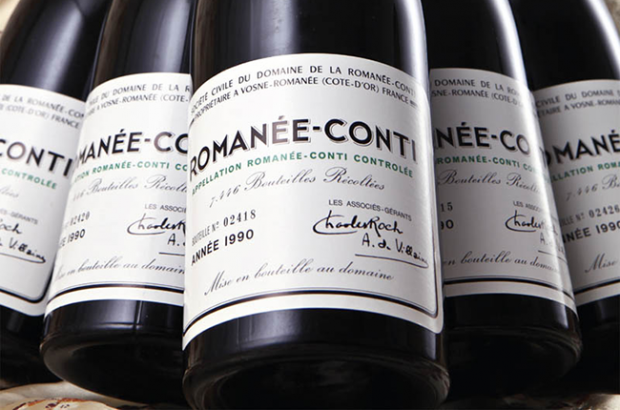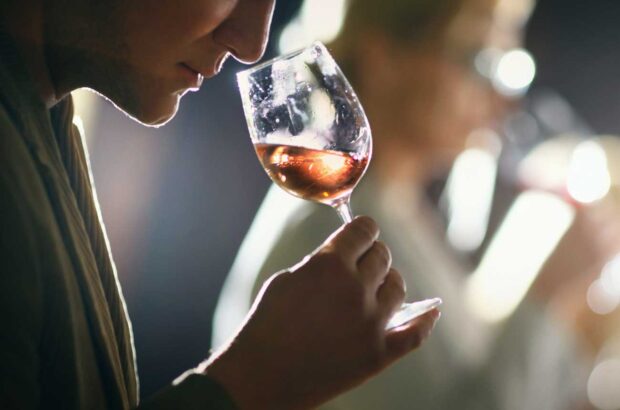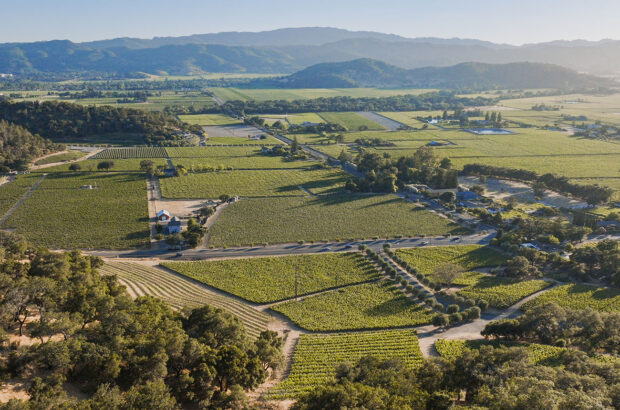A dispute over the use of helicopters for spraying in Bordeaux has shone an unwelcome light on use of chemical treatments in wine production.
‘As few fungicides as possible’…Domaine de Chevalier
Unusually wet weather conditions in Bordeaux this year saw seven chateaux apply for rights to use helicopters for spraying their vines with anti-mildew and anti-oïdium (also known as powdery mildew) treatments. The applications were made in case continuing rain made the ground too soft for the tractors normally used for spraying.
By chance, almost to the day, the granting of helicopter spraying permissions coincided with improved weather conditions and all the chateaux were able to revert to normal methods.
‘We were delighted to be able to use tractors and not the helicopters when the weather improved,’ Domaine de Chevalier’s Hugues Laydeker told Decanter.com.
The fact that helicopter spraying rights were granted, however, incensed French Green Party members, who told local paper Sud Ouest that the permits were illegal in the light of a new environmental law which came into force in 2010.
A press release from Bordeaux’s local government office rejected the claim saying exceptional weather circumstances allowed for the short-term and limited use of helicopters to spray bouillie bordelaise (Bordeaux mixture), a copper-based anti-mildew treatment, and microthiol disperss, a sulphur-based anti-oïdium treatment.
In their defence two of the chateaux granted spraying rights, Haut-Bailly and Domaine de Chevalier said they always use as few fungicides as possible on their vines. Both estates have several hectares of organic vines, while Haut-Bailly also has three hectares of biodynamic vines. Both added that the current treatments are preventative, rather than curative, and therefore only extremely low levels of chemical agents are used.
Such cautious use of chemicals is however not the norm. French lobby group Future Generations says France’s vineyards, which cover only 3.7% of the total agricultural surface area, account for about 20% of France’s chemical treatment use.
‘Bordeaux and Champagne in particular use higher than average numbers of chemical treatments – about 18 per year in Bordeaux and 26 per year in Champagne,’ said Future Generations spokesman Francois Veillerette, in a recent interview about pesticide residue levels in the French population.
He spoke following the publication of a report in April by France’s Institute for Public Health Surveillance (InVS), which found the French to have higher levels of chemical residues than either Americans or Canadians.
The report named all the main food groups – including grain-based products, such as croissants and bread, as well as fruit, vegetables, fish, meat and dairy products, as well as wine – as the source of the chemical treatment residues.
Written by Sophie Kevany in Bordeaux







